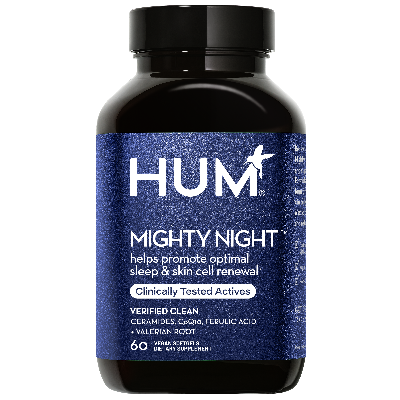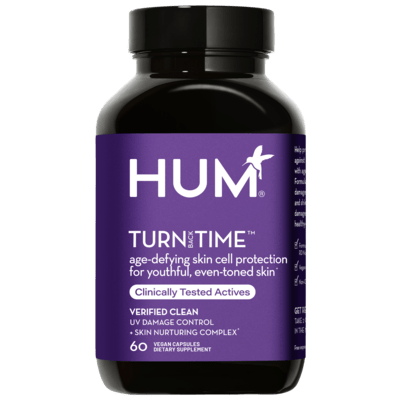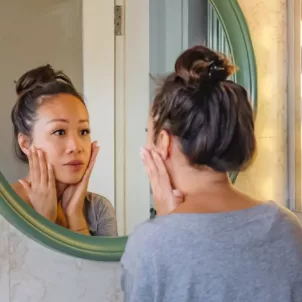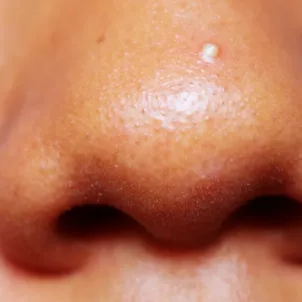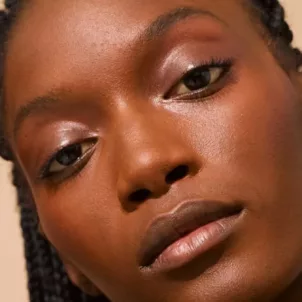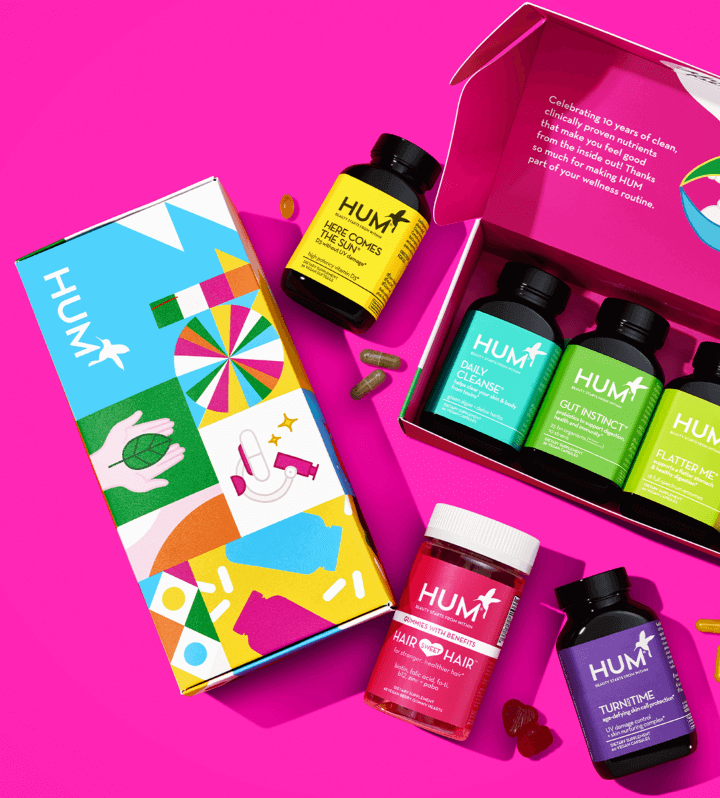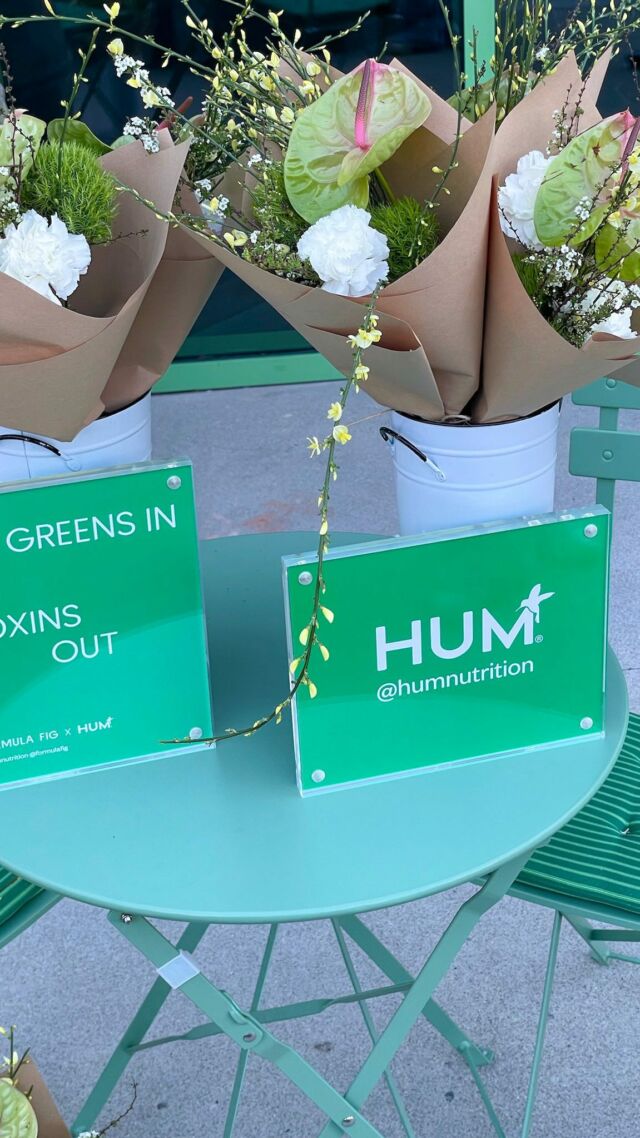The retinol purge is real… but it doesn’t have to be disastrous. A dermatologist and an aesthetician share five essential tips and tricks to beat the retinol uglies and inch your way closer to a calmer, clearer complexion in no time.
If you were to ask any skin expert to name the holy grail ingredient for beautiful, healthy skin, chances are retinol would rank highest on the list. (Or, at the very least, it’d come thisclose to sunscreen.) A derivative of vitamin A, retinol “is a powerful ingredient that is the gold standard for repairing damaged, aging, and acne-prone skin,” explains Kerry Benjamin, aesthetician and founder of StackedSkincare. Regarding the use of retinoids (an umbrella term for topical vitamin A derivatives, both OTC and Rx), “There is not only data on improvement of the appearance of the skin, but also on reduction of precancerous changes,” adds Nancy Samolitis, MD, board-certified dermatologist and co-founder and medical director of facile skincare.
Simply put, this potent overachiever banishes breakouts, stops premature aging in its tracks, and even safeguards your skin against more serious complications down the road. Yet as great as it can be to yield a clear and positively ageless complexion, initial side effects may develop in the form of a retinol purge, aka the retinol uglies.
What Is Retinol Purging?
Before we cover the telltale signs of retinol purging, it’s important to understand how this powerhouse ingredient works. “Retinoids speed up cellular turnover and boost collagen, which helps the skin shed dead cells and grow new cells,” Benjamin explains. “This cell turnover boost addresses a number of skin issues, including wrinkles, acne, congested pores, and dark spots.”
While this takes place, the retinoids unearth whatever’s clogging your pores (think: dead skin and excess oil). As the saying goes, the only way out is through… and this is how the retinol uglies can manifest on the skin’s surface.
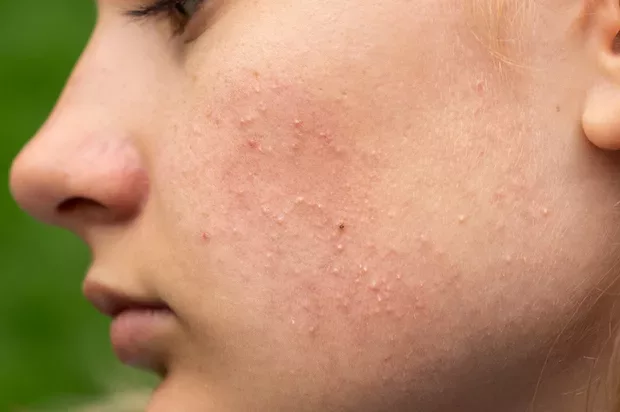
What Does a Retinol Purge Look Like?
“The increased skin cell turnover that is promoted by retinoids can lead to peeling, dryness, redness, and breakouts while the skin is getting adjusted to the change,” Dr. Samolitis explains. However, she says that purging is more of the exception rather than the rule, especially if you know how to integrate retinol into your routine properly. (More on that soon.) “Obviously, this varies from person to person, depending on the history of their skin and other coexisting skin issues like eczema or rosacea,” she adds.
However, Benjamin notes that if you already struggle with congested skin, you’re more susceptible to experiencing the retinol uglies. But don’t worry too much: These not-so-pretty side effects can indicate better skin days ahead. “Purging is actually a really good thing,” says Benjamin. “Sometimes your skin will get worse before it gets better, but getting that congestion out will ultimately resolve the breakouts, and then you can use your retinol products and get all the benefits without the side effects of purging.”
How Long Does Retinol Purging Last?
The retinol uglies aren’t inevitable—but should they occur, rest assured that the eventual pros are likely to outweigh any initial cons. As far as how long the skin purge lasts, Dr. Samolitis says it typically spans about two weeks. However, some people may notice it takes a bit longer, though you should see some level of progress by your next skin cycle, which kicks off about every 28 days.
P.S. You can promote skin cell turnover even further with HUM’s Mighty Night (and enjoy a better night’s rest, to boot).
5 Tips to Beat the Retinol Uglies
If you’re ready to add a retinoid into your skincare routine—which both experts highly recommend, BTW—or you’re currently experiencing a retinol purge yourself, follow this how-to guide to (literally and figuratively) save face.
1. Choose Your Retinol Wisely
New to retinoids? You may benefit from choosing a lower-strength option, which can minimize your risk of purging and irritation while still getting your skin goals trending in the right direction. “Starting with an OTC retinoid and working your way up to the prescription strength (to see maximal benefits) is recommended for those who have never used a retinoid before,” Dr. Samolitis shares.
That said, Benjamin notes that the retinoid conversion process can trigger purging, so specific forms of topical vitamin A may be better than others in your quest to prevent the retinol uglies. “All retinoids must be converted into retinoic acid before they can be used by your skin cells,” she explains. Prescription-grade retinoids—such as tretinoin (including Retin-A)—don’t need to be converted at all, whereas most OTC options require multiple conversions before the skin’s retinoic acid receptors can put them to use. “The conversion process creates irritation on the skin and [retinol] becomes less effective,” Benjamin continues. With that in mind, she developed StackedSkincare’s Advanced Retinol Serum: “It uses Granactive Retinoid, a non-irritating retinoid ester the skin converts directly into retinoic acid, giving you all the benefits of retinol without the dryness and peeling.”

2. Start Slowly
As excited as you may be to experience the clarifying, pro-aging benefits of retinol, you’ll want to take an easy-does-it approach. “I always suggest starting use of a retinoid two days a week, with two break days in between,” says Dr. Samolitis. (FWIW, this protocol aligns with the trending skin cycling method.) Once your skin acclimates and the retinol uglies subside, you can work frequency up to every other night, as tolerated.
Also, a little dab’ll do you: Only a pea-sized amount of product is routinely recommended to cover your full face. Any more than that is likely to exacerbate dryness and irritation.
3. Space Out Your Active Ingredients
Since retinol can be sensitizing even after an initial purging period, it’s best to avoid applying it before or after other heavy hitters. “It shouldn’t be started at the same time as other active ingredients like exfoliating acids or vitamin C,” Dr. Samolitis explains.
Retinol is best for nighttime use. Save your vitamin C serum and exfoliants for your morning skincare routine, and/or use the latter on your non-retinol nights.
Note: Retinol will also make your skin more susceptible to sun damage, so SPF is an absolute must for daytime—full stop. In addition to (but not in lieu of) sunscreen, HUM’s Turn Back Time can help protect your skin against UV damage from within.
4. Hydrate and Heal
According to Benjamin, properly hydrating your skin with humectants—i.e., substances that attract water and prevent moisture loss—can help combat the retinol uglies in the form of dry patches and irritation. Hyaluronic acid and glycerin are among the best of the hydrating bunch, the first of which you can find in facile’s Dew You serum.
Growth factors are another ingredient that can offer relief, especially where breakouts and inflammation are concerned. “They speed up healing, [which can] help control purging,” Benjamin explains. Her own EGF Activating Serum also packs yeast extracts to accelerate healing; moreover, she adds that the formula “helps to lift the post-inflammatory hyperpigmentation (PIH) left behind from breakouts.” Bonus: EGFs are gentle enough to apply twice daily—even in tandem with your retinoid of choice.
5. Moisturize Like You Mean It
When dealing with the retinol uglies, a good moisturizer will be your saving grace. “If your skin gets too dry, especially if you’re dealing with purging, it will compound the issue because your skin will overproduce oil [to compensate],” says Benjamin. “So always be sure to properly moisturize your skin when using retinol.”
In my own recent bouts with retinol purging, highly occlusive moisturizers have worked wonders to rebalance my skin. I’ve relied on REN Clean Skincare’s Evercalm™ Overnight Recovery Balm and Ranavat’s Restoring Moonseed Treatment. Both boast calming, intensely nourishing ingredients that don’t exacerbate my oily, acne-prone skin—yet they effectively complement dry skin, purge or no purge, as well.
